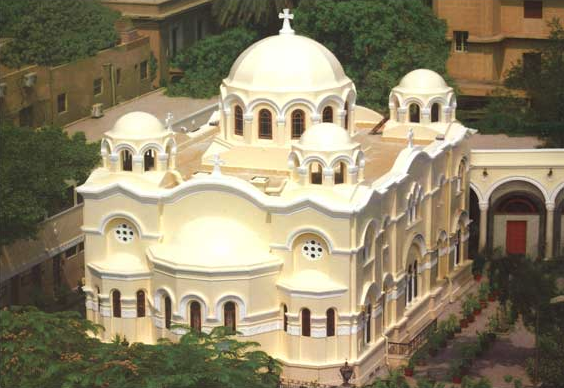
An attempt to define the word millah/religion by the philosopher Abū Naṣr al-Fārābī (d. 951) from his Kitāb al-Millah,
"Religion is comprised of creeds and deeds determined and bounded by certain conditions which the founder prescribes for the collective. By seeking ...
"Religion is comprised of creeds and deeds determined and bounded by certain conditions which the founder prescribes for the collective. By seeking ...

to have [the collective] put [the creeds and deeds] into practice, he aims to attain his specified goal for them or through them. The collective might be a kin group, it might be a city or region, and it might a great nation or many nations."
Later on, he addresses ...
Later on, he addresses ...
the issue of millah vs. dīn (take heart, even he has trouble). He says:
"The words millah and dīn are nearly synonymous with one another – so too the words sharīʿah/law and sunnah/custom. These two merely indicate and apply to the majority of determined deeds from the 2 parts...
"The words millah and dīn are nearly synonymous with one another – so too the words sharīʿah/law and sunnah/custom. These two merely indicate and apply to the majority of determined deeds from the 2 parts...

of religion/al-millah. It may be possible to call the determined creeds sharīʿah as well, as sharīʿah, millah, and dīn are synonymous words, since religion/al-millah consists of two parts: specifying creeds and determining deeds."
Translating passages like these is an excruciating task because all the words have a loaded history of uses - be it the Arabic words or the English ones - and then one has to somehow communicate how Fārābī offers his own definitions.
• • •
Missing some Tweet in this thread? You can try to
force a refresh















